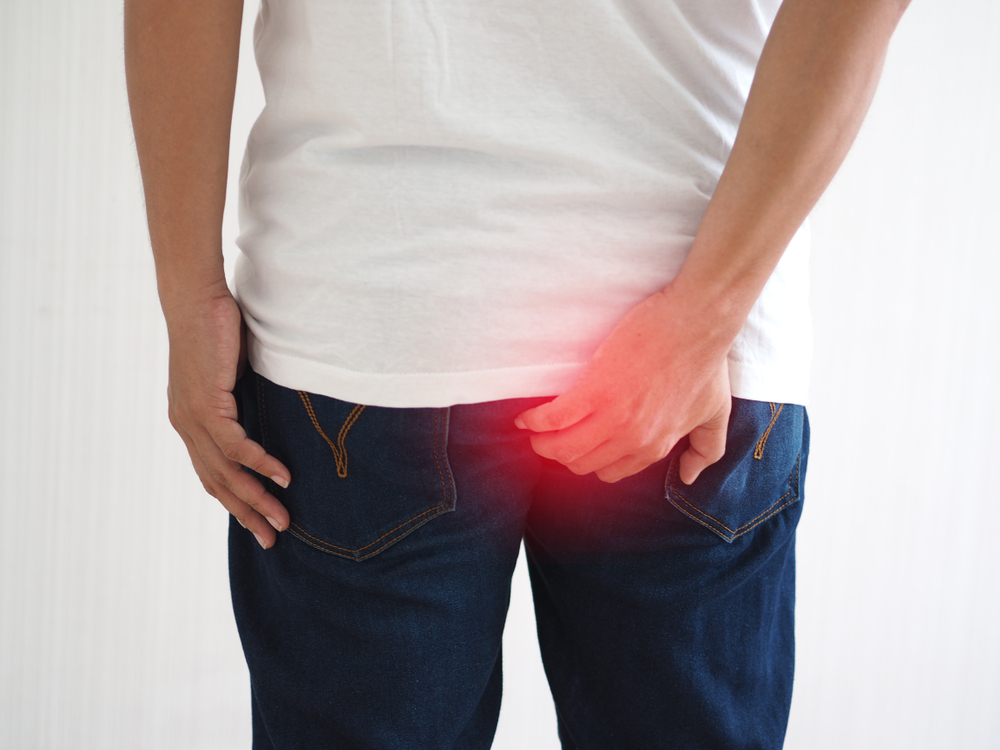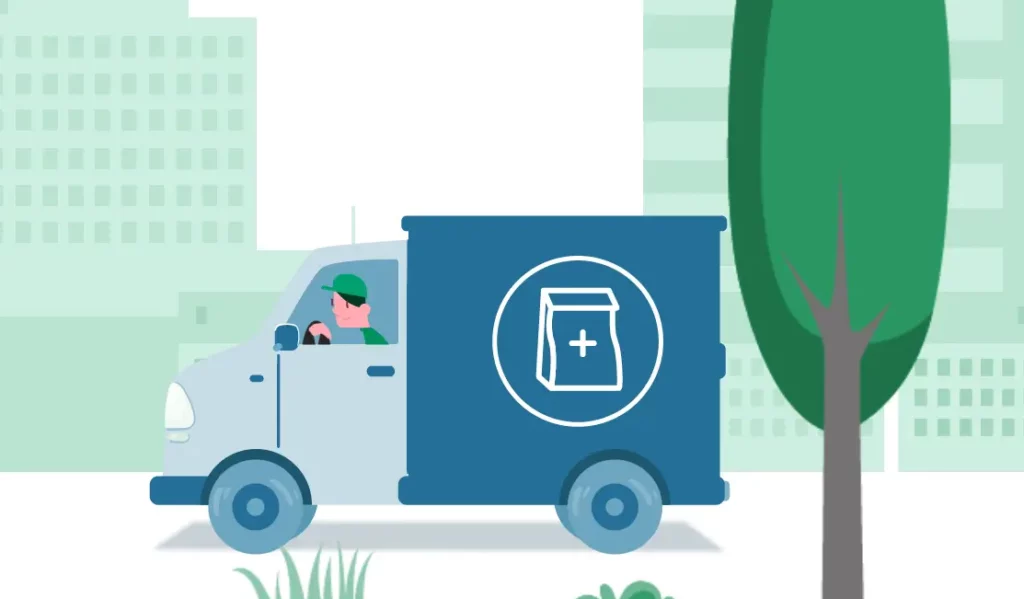Diarrhoea, which is loose, watery stools, happens when your digestive system can’t absorb enough water from what you eat and drink. While it’s common and usually not serious, ongoing or severe diarrhoea can signal a health problem.
When you’re already feeling down with diarrhoea, it can become even more alarming if your poo comes out as a different colour to normal. In this article, we’ll help you understand what the different colours can mean for your health and if you need to worry.
Why is my diarrhoea bright yellow?
Diarrhoea can come in different colours, and each one can tell you something important about your health:
- Brown: This is the usual colour for healthy stool because of how bile breaks down in your intestines. If your diarrhoea is brown, it usually isn’t a cause for concern unless it keeps happening or comes with other symptoms like pain or fever.
- Green: Green diarrhoea often means food is moving too quickly through your intestines. It can also happen if you eat a lot of green vegetables or foods with green colouring. While it’s usually nothing serious, if your green diarrhoea doesn’t go away or you have other symptoms, it’s a good idea to check with your doctor.
- Yellow: Yellow diarrhoea can mean that food is passing through your digestive system too quickly, so bile doesn’t have time to break down completely. This might be due to infections, liver or gallbladder issues, or problems with absorbing nutrients. Occasional yellow diarrhoea might not be a big deal, but if it keeps happening, you should see your doctor.
- Black: Black diarrhoea can be a sign of bleeding in the upper part of your digestive tract, like your stomach or small intestine. This is serious and needs immediate medical attention. Black stools can also come from certain medications or supplements, like iron, but you should always rule out internal bleeding.
Frequently asked questions about diarrhoea
What causes bright yellow diarrhoea?
Bright yellow diarrhoea can be caused by food passing through the digestive tract too quickly, preventing bile from breaking down completely.
When should I be concerned about yellow diarrhoea?
You should be concerned about yellow diarrhoea if it persists for more than a few days, is accompanied by severe abdominal pain, fever, dehydration, or if you notice blood in your stool. Always consult a healthcare professional for persistent symptoms.
How can I treat yellow diarrhoea at home?
To treat yellow diarrhoea at home, focus on staying hydrated with electrolyte solutions and water, and eat bland, easy-to-digest foods like plain crackers or boiled potatoes. If symptoms persist, seek medical advice promptly.


